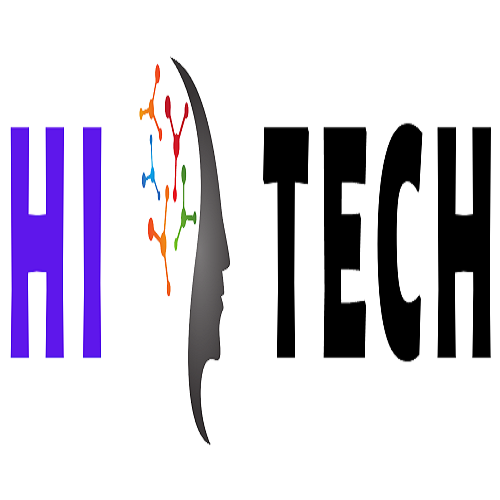Introduction:
Laser
beam technology is a form of light amplification by stimulated emission of
radiation. This technology involves the use of laser beams that are highly
focused, coherent, and monochromatic. A laser beam consists of a narrow,
intense beam of light that can be directed with high precision. Laser
technology has revolutionized many fields such as medicine, manufacturing,
communication, and research.
How Does Laser Beam Technology Work?
Laser
technology works on the principle of stimulated emission of radiation. The
process begins when a source of energy, such as electrical current, is applied
to a gain medium, which can be a gas, a liquid, or a solid material. When this
energy is applied to the gain medium, it excites the atoms or molecules, which
then emit photons. These photons are of a specific wavelength, and they all
travel in the same direction, which creates a highly focused, coherent beam of
light.
The
gain medium is placed between two mirrors, one of which is partially
reflective. The photons bounce back and forth between the mirrors, and as they
pass through the gain medium, they stimulate other atoms to emit more photons.
This process continues until the photons escape through the partially
reflective mirror, creating a highly focused, coherent beam of light.
Applications of Laser Beam Technology:
Laser
beam technology has numerous applications across a wide range of fields.
Medical Applications: Laser technology has
revolutionized the medical field with applications such as laser eye surgery,
skin resurfacing, and tattoo removal. Lasers are also used in dentistry, cancer
treatment, and cosmetic surgery.
Manufacturing Applications: Laser technology has been used in
manufacturing for many years. Lasers are used for cutting, welding, drilling,
and engraving a wide range of materials such as metals, plastics, and ceramics.
Lasers are also used in the production of electronics and semiconductors.
Communication Applications: Laser technology has been used in
communication for many years. Lasers are also used in barcode scanners, CD and
DVD players, and printers.
Research Applications: Laser technology has been used in
research for many years. Lasers are used in spectroscopy, microscopy, and in
the study of atoms and molecules. Lasers are also used in astronomy, where they
are used to measure the distance between stars.
Future Possibilities of Laser Beam Technology:
The
future possibilities of laser beam technology are endless. Researchers are
constantly developing new ways to harness the power of laser beams. Some of the
future possibilities are:
Space Travel: Lasers could be used to propel spacecraft at
much higher speeds than current propulsion systems. This could greatly reduce
the time it takes to travel to other planets and stars.
Energy Production: Lasers could be used to produce
clean, renewable energy by creating fusion reactions that generate large
amounts of energy.
Medical Applications: Researchers are developing new
ways to use lasers to diagnose and treat diseases such as cancer and
Alzheimer's.
Communication Applications: Lasers could be used to create
faster, more secure communication systems that are resistant to interference.
Development and History:
The
development and history of laser beam technology began in the early 20th
century with the work of Albert Einstein and other physicists. In 1917,
Einstein proposed the theory of stimulated emission of radiation, which would
later form the basis for the development of the laser.
Explore the Possibilities of Laser Technology:
From
that point on, researchers began to explore the possibilities of laser
technology. The first application of laser beams was in the field of
communication, where they were used to transmit information over long distances
using fiber optic cables. Lasers were also used in manufacturing for cutting,
welding, drilling, and engraving a wide range of materials. In medicine, lasers
were used for skin resurfacing, tattoo removal, and other procedures.
In 21st century:
In
the 21st century, the development of laser technology continued to advance.
Researchers found new ways to harness the power of lasers, such as in the
production of clean, renewable energy. Lasers were also used to diagnose and
treat diseases such as cancer and Alzheimer's.
Range of Applications:
Today,
laser beam technology is used in a wide range of applications, from medicine
and manufacturing to communication and research. The development of laser
technology has had a significant impact on many fields, and it will continue to
do so in the future as researchers find new and innovative ways to use this
technology.
New Types of Lasers:
As
technology advanced, new types of lasers were developed, such as gas, liquid,
and semiconductor lasers. Researchers also found new ways to use lasers, such
as in spectroscopy, microscopy, and the study of atoms and molecules. Lasers
were also used in astronomy, where they were used to measure the distance
between stars.
Risks Associated with Laser Beam Technology:
However,
as with any technology, there are also potential risks associated with laser
beam technology. High-powered lasers can cause damage to the eyes and skin, and
they can also be a hazard if not used properly. Therefore, it is important to
exercise caution when working with lasers and to follow proper safety
procedures.
Conclusion:
In
conclusion, laser beam technology has had a significant impact on many fields
and will continue to do so in the future. The applications of laser beams are
varied and diverse, from medicine to manufacturing to communication and
research. With ongoing research and development, we can expect to see even more
innovative uses of laser beams in the years to come. However, it is important
to use laser beam technology with caution and to follow proper safety
procedures to ensure that it is used safely and responsibly.








0 Comments